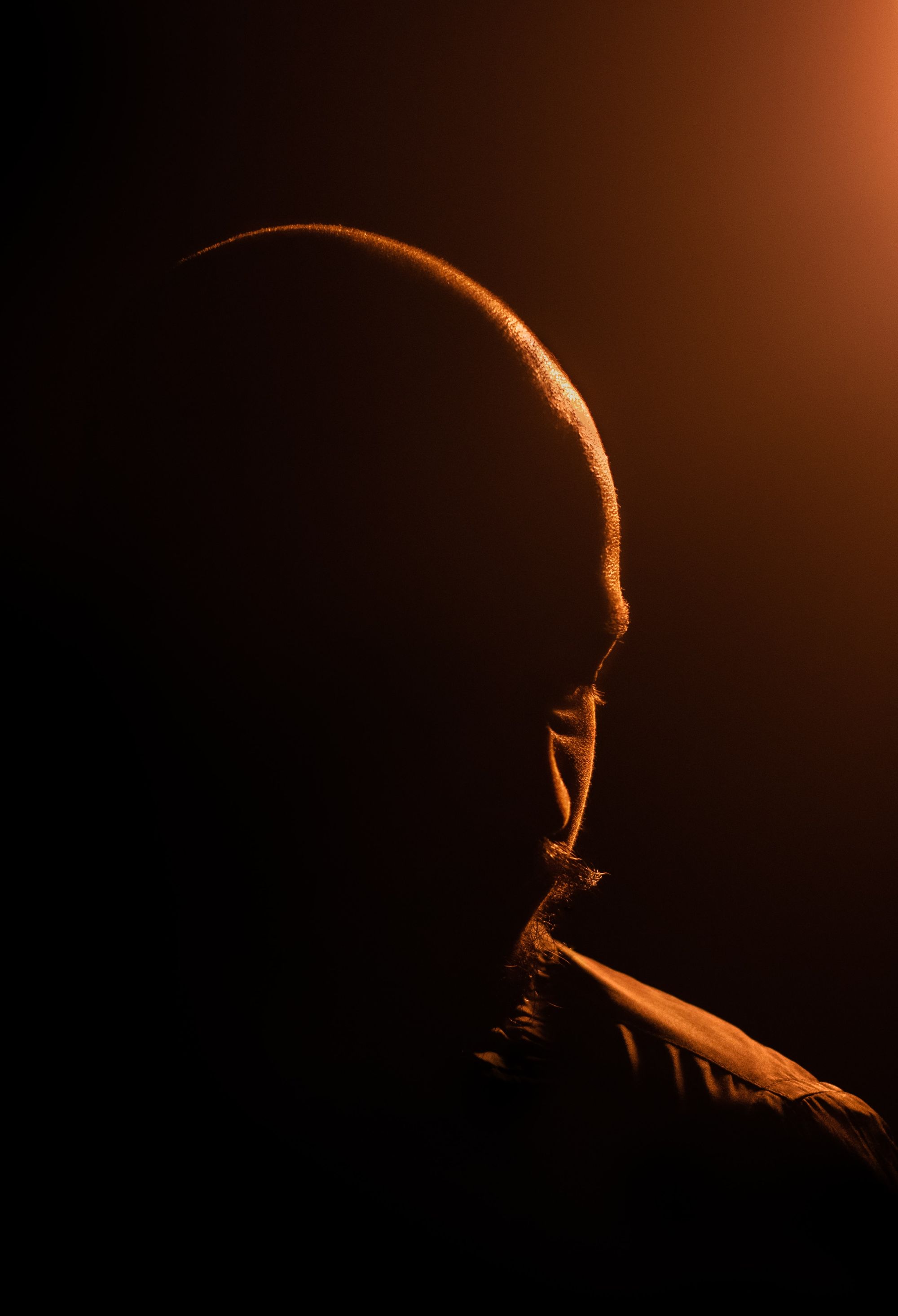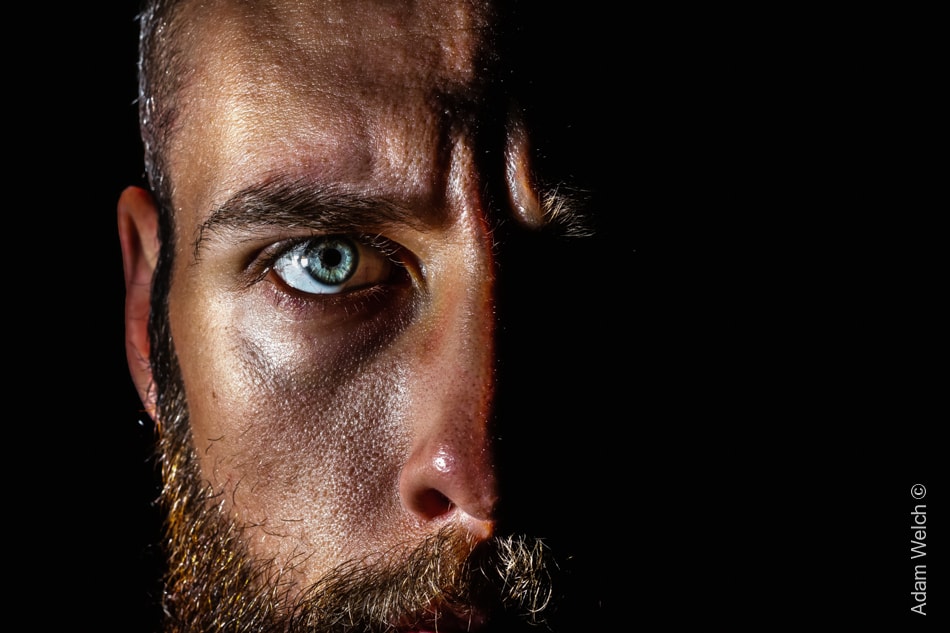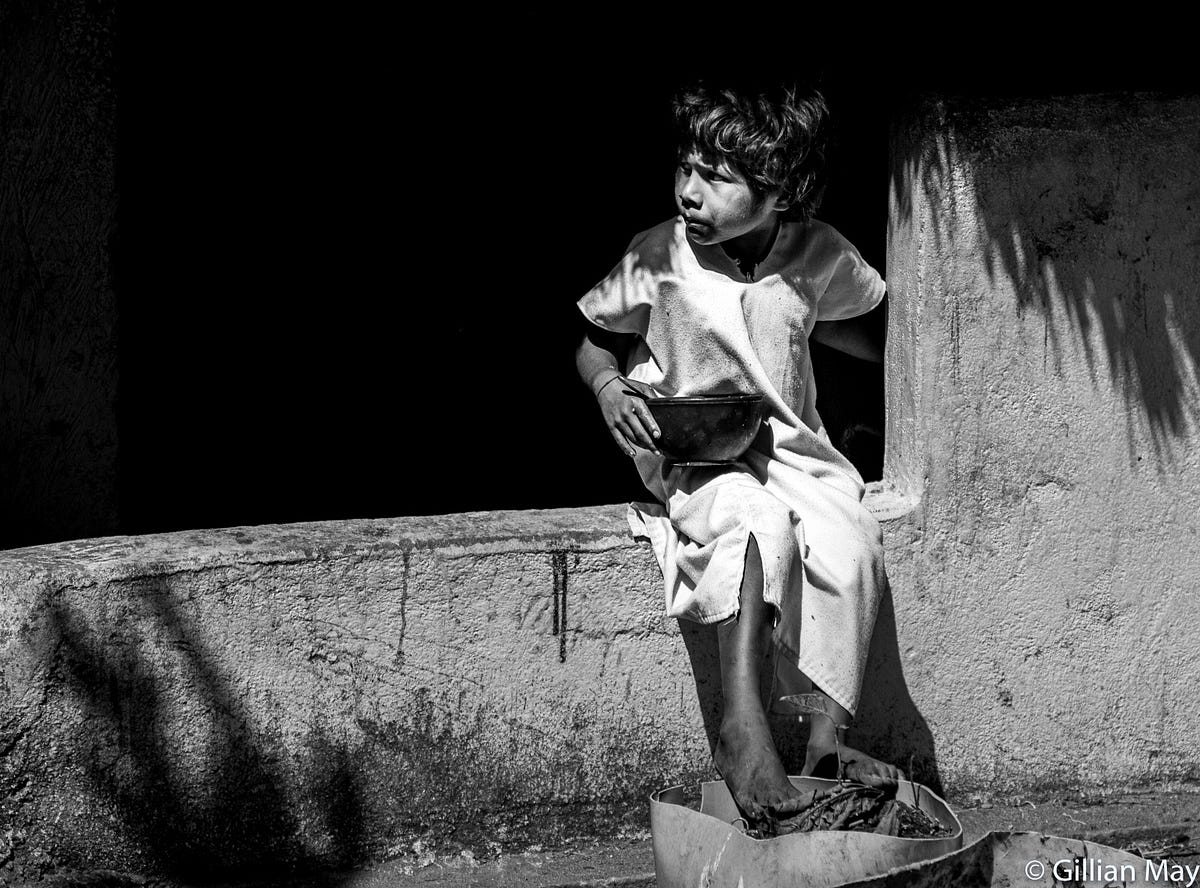Light and Shadows: Mastering the Art of Chiaroscuro in Photography
FACT-CHECKED ✅
Photography is often called the art of painting with light. Among the most powerful tools in this visual language is the interplay of light and shadow, a technique that adds depth, drama, and emotion to an image. Known as chiaroscuro—from the Italian words chiaro (light) and scuro (dark)—this approach was first perfected by Renaissance painters to create striking contrasts and draw the viewer's eye. Today, photographers can use chiaroscuro to elevate their work, whether capturing evocative portraits or dynamic street scenes.
 |
| Chiaroscuro adds depth, drama, and emotion to an image. (📷flickr) |
From Renaissance Canvas to Camera Lens
The concept of chiaroscuro dates back to the Renaissance period, when artists such as Caravaggio and Rembrandt used bold contrasts of light and shadow to create three-dimensional effects on a two-dimensional surface. These painters understood that light shapes perception, emphasising certain elements while concealing others to build intrigue and focus attention on the subject.
In art history, chiaroscuro marked a turning point, showcasing how illumination could be more than functional—it could be emotive and symbolic. For instance, Caravaggio’s dramatic use of lighting often underscored themes of redemption and inner conflict, elements modern photographers can interpret in their imagery.
 |
| Caravaggio’s dramatic use of lighting often underscored themes of redemption and inner conflict. (📷pinterest) |
In the 20th century, filmmakers such as Orson Welles brought chiaroscuro into cinema, with classic film noir relying heavily on shadow to convey suspense and complexity. Today, photographers continue to borrow from this lineage, adapting the principles of chiaroscuro to tell their own visual stories.
 |
| Filmmakers such as Orson Welles brought chiaroscuro into cinema. (📷reflectingspheres) |
The Science of Seeing
Our eyes are naturally drawn to contrast. In photography, light highlights the subject, while shadows create dimension and texture, helping the image feel alive. Research in visual perception shows that strong contrasts stimulate the brain's visual cortex, enhancing emotional engagement and aesthetic appreciation.
 |
| Research in visual perception shows that strong contrasts stimulate the brain's visual cortex (V1, V2, V3). (📷becominghuman) |
Chiaroscuro also plays with the psychology of mystery. What is hidden in the shadows often holds as much power as what is illuminated. This interplay makes chiaroscuro a compelling choice for photographers seeking to create emotional depth in their work.
 |
| Chiaroscuro also plays with the psychology of mystery. (📷thephotoargus) |
Techniques for Mastering Chiaroscuro
To harness the power of chiaroscuro, photographers must focus on two main aspects: lighting and composition. Natural light, such as sunlight streaming through a window, is an excellent starting point. Position your subject so the light falls at an angle, casting deep shadows that sculpt their form.
 |
| Natural light is an excellent starting point for mastering chiaroscuro. (📷pinterest) |
Artificial lighting offers even more control. A single light source, such as a lamp or flash, can create dramatic effects when placed strategically. Soft light can highlight textures, while harsh light amplifies contrast, drawing attention to specific areas. The key is to experiment with placement and intensity, learning how light interacts with the environment.
 |
| Artificial lighting offers even more control than natural lighting. (📷academy.wedio) |
Composition plays an equally crucial role. In chiaroscuro photography, the rule of thirds can guide where the brightest elements fall, creating a balanced yet dramatic scene. Negative space, or areas dominated by shadow, adds tension and mystery, inviting the viewer’s imagination to fill the gaps.
 |
| The rule of thirds can guide where the brightest elements fall, creating a balanced yet dramatic scene. (📷99inspiration) |
Applications in Portrait and Street Photography
Portrait photography thrives on chiaroscuro. The technique allows photographers to emphasise facial features, express mood, and convey emotion. For instance, a single light source can illuminate one side of the face, leaving the other in shadow to suggest introspection or intensity. Studies in visual storytelling suggest that viewers are more likely to connect emotionally with images that use this kind of lighting to emphasise human expressions.
 |
| Portrait photography thrives on chiaroscuro. (📷Adam Welch) |
In street photography, chiaroscuro captures the interplay between light and urban environments. Shadows falling across cobblestone streets or backlit figures emerging from an alleyway create an atmosphere that feels both cinematic and grounded in reality. These images evoke a sense of place and time, compelling the viewer to pause and reflect.
 |
| In street photography, chiaroscuro captures the interplay between light and urban environments. (📷freepik) |
Ethical Considerations and Creative Choices
While chiaroscuro can add drama and intrigue, photographers must also consider its impact on storytelling. Shadows can obscure details, potentially leading to misinterpretation. In photojournalism, ethical guidelines stress the importance of ensuring that creative lighting techniques do not distort the truth of the scene being documented.
 |
| Photographers must also consider chiaroscuro's impact on storytelling. (📷Gillian May) |
Photographers must also avoid overuse. Chiaroscuro is most effective when it serves the story or subject, rather than becoming a stylistic crutch. By balancing creative ambition with ethical storytelling, photographers can use light and shadow to enrich their narratives meaningfully.
 |
| Chiaroscuro is a compelling choice for photographers seeking to create emotional depth in their work. (📷studiobinder) |
Mastering chiaroscuro is about more than technical precision; it’s about understanding the emotional and symbolic power of light and shadow. From Renaissance paintings to modern-day photography, this interplay continues to captivate viewers and draw them into stories they won’t soon forget. Whether you’re crafting a portrait or exploring urban landscapes, embrace chiaroscuro as a tool to create images that resonate deeply and endure.
⭐⭐⭐



Comments
Post a Comment